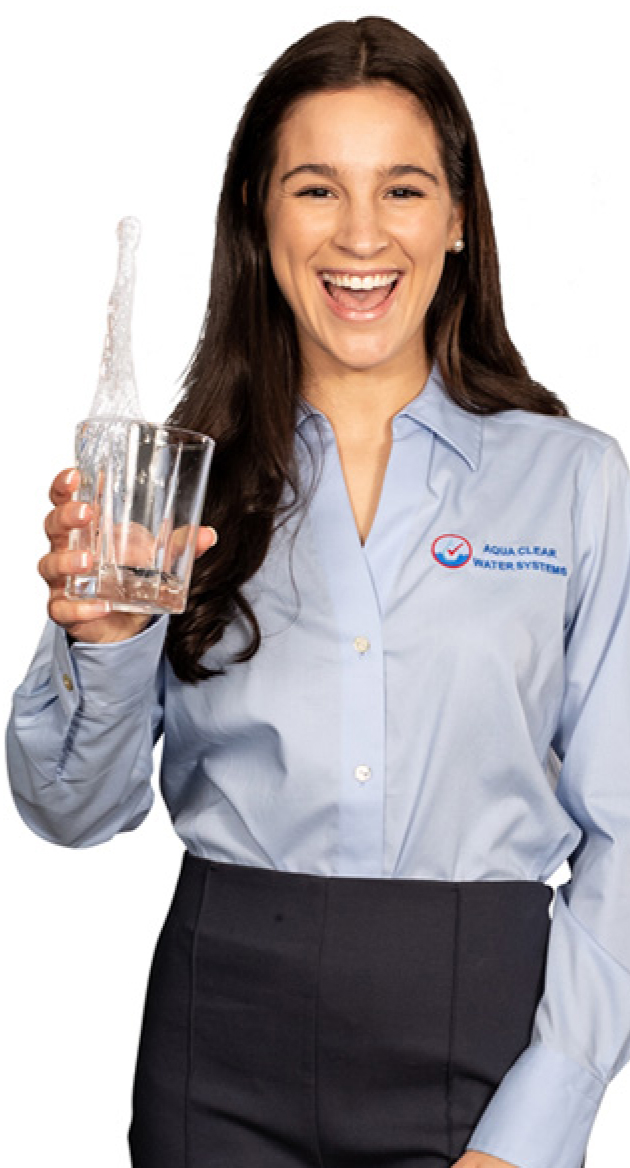Have you ever noticed the unpleasant effects of hard water on your skin, clothes, and appliances? Understanding the secrets of softening of water can help you combat these issues and enjoy the numerous benefits of soft water in your daily life. Let’s delve into the world of softening of water and unlock its mysteries together.
Key Takeaways
-
Water softening is a process designed to remove calcium and magnesium ions from the water supply.
-
Investing in a water softener can extend appliance lifespans, improve skin/hair condition, and enhance soap/detergent effectiveness.
-
Consider size & capacity of unit relative to household usage, installation practices outlined by manufacturer for successful setup, health & environmental implications when selecting system type.
Understanding Water Softening

The process of water softening is designed to eliminate hardness-causing minerals like calcium and magnesium ions from your water supply. The presence of these hardness-causing minerals can lead to various household issues like reduced water pressure, dry hair, and stiff laundry. A water softener can help prevent these problems by using a process called ion exchange to remove calcium and magnesium minerals from your water.
The softened water produced by this process not only prevents mineral deposits and scale buildup but also improves the efficiency of your water-based appliances and enhances your overall water quality. We will delve deeper into the science of soft water and the reasons for water softening.
The Science Behind Soft Water
Soft water is created by removing calcium and magnesium ions from hard water through various water treatment methods such as reverse osmosis, ion exchange, and zeolites. The ion exchange process, in particular, is the backbone of most water softening systems. It involves replacing hardness ions like calcium and magnesium with non-hardness ions, typically sodium or potassium ions, to reduce water hardness.
The ion exchange process occurs within the resin bed of the water softener. Here’s how it works:
-
The resin beads are charged with sodium or potassium ions.
-
As the hard water flows through the resin bed, the calcium and magnesium ions are attracted to the resin beads.
-
The calcium and magnesium ions are exchanged for the sodium or potassium ions.
-
This results in softened water that is free from the minerals that cause hardness and scale buildup.
Reasons for Softening Water

Softening water has numerous advantages that can improve your quality of life. Some of these advantages include:
-
Extending the lifespan of your appliances
-
Maintaining water pressure
-
Facilitating bathroom cleaning
-
Enhancing the effectiveness of soaps and detergents, making cleaning tasks more efficient
Moreover, soft water has been linked to improvements in skin and hair conditions after showering, as well as preserving the color and texture of clothing washed in the washing machine. With these benefits in mind, it becomes clear why investing in a water softener is an excellent decision for your home and well-being.
The Mechanics of Water Softeners
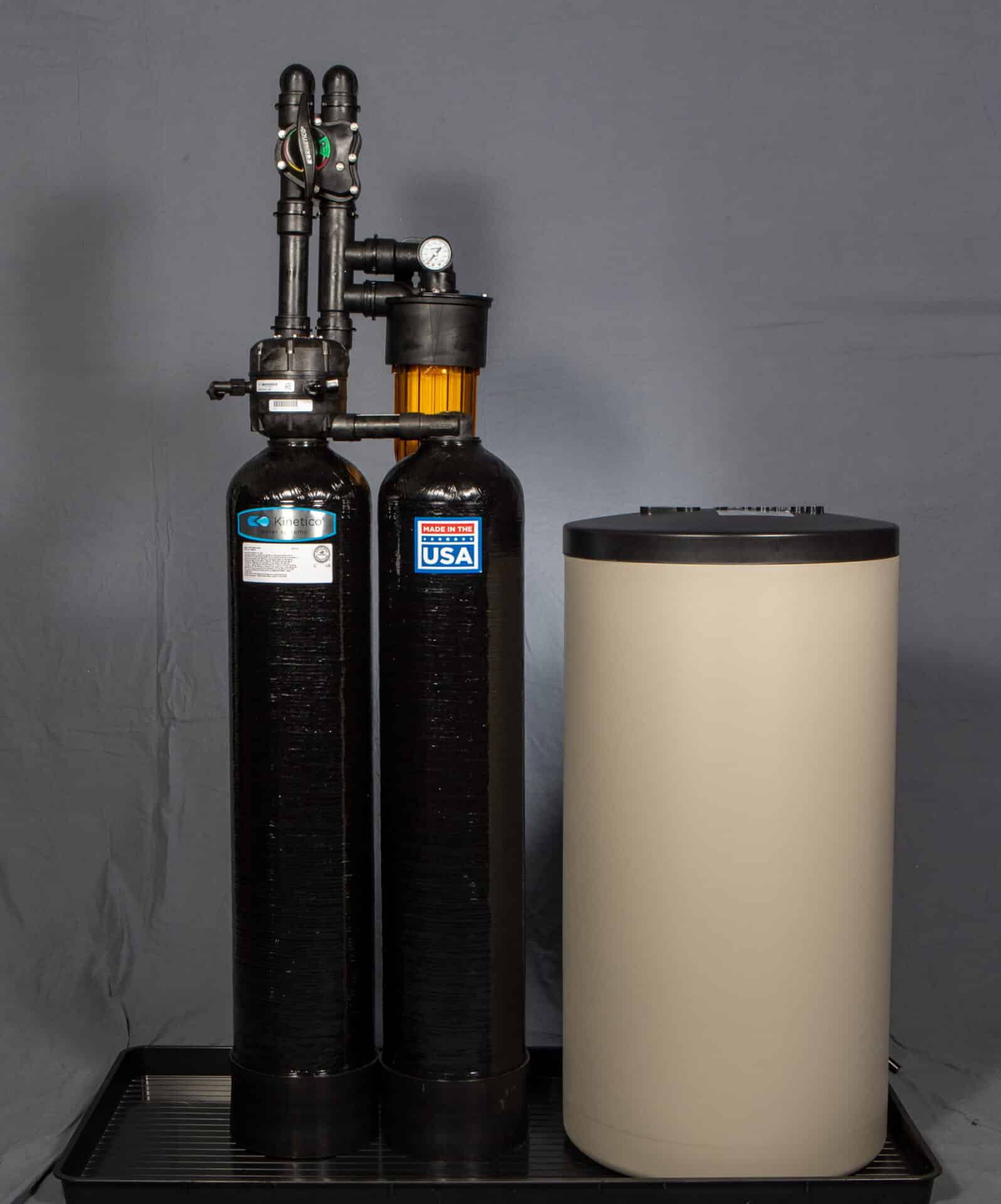
Having understood the significance of water softening, it’s time to delve into the workings of water softeners. These systems primarily rely on the ion exchange process to remove hardness-causing minerals and produce soft water. The key components of a water softener include the mineral tank, control valve, and brine tank, which work together to manage the softening process and ensure efficient operation.
As we uncover more about the functioning of water softeners, understanding the role of each component in contributing to the system’s effectiveness becomes vital. We shall now examine the key components and the ion exchange process in greater detail.
Key Components of a Water Softener
A water softener is made up of three key sections:
-
Control valve: Responsible for overseeing the softening process and initiating regeneration when required.
-
Mineral tank: Houses the ion exchange resin, which eliminates hardness-causing minerals from the water.
-
Brine tank: Holds the salt or potassium solution used to regenerate the resin.
All three components must work together in order to produce a softened water supply.
The brine tank serves to store sodium chloride or potassium chloride, which is mixed with water during the brine refill and regeneration cycles to replenish the softener bed. Understanding the roles of these components and how they work together can help you in maintaining your water softener and ensuring its efficient operation.
Ion Exchange Explained
Ion exchange is the heart of the water softening process. It involves the substitution of hardness ions, such as calcium and magnesium, with non-hardness ions, typically sodium or potassium ions. This process helps reduce the hardness of the water and prevent the consequences of scale buildup in pipes and appliances.
As hard water flows through the ion exchange resin in the mineral tank, the resin beads attract and hold the calcium and magnesium ions while releasing sodium or potassium ions into the water. This exchange results in softened water that is free from the minerals responsible for causing hardness and scale buildup.
Types of Water Softening Systems
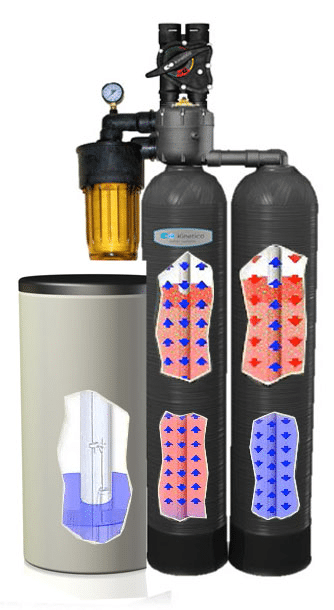
Salt-based systems and salt-free systems are two primary types of water softening systems. Each type has its own advantages and disadvantages, so it’s crucial to understand the differences and choose the one that best suits your needs and preferences.
Salt-based systems use ion exchange resins to remove calcium and magnesium ions, providing effective water softening and reducing scale buildup. On the other hand, salt-free systems use alternative methods, such as descaling or conditioning, to prevent mineral buildup without actually removing hardness ions from the water.
We will now delve deeper into each type.
Salt-Based Systems
Salt-based water softeners utilize ion exchange to eliminate calcium and magnesium ions from hard water and substitute them with sodium ions. While these systems provide effective water softening, they require regular replenishment with salt, which can be an additional cost and have an adverse effect on the environment.
Nevertheless, salt-based systems remain a popular choice for households in need of reliable water softening.
Salt-Free Systems
Salt-free water softening systems, on the other hand, utilize alternative methods like conditioning or crystallization to prevent mineral buildup without actually removing hardness ions from the water. Although these systems may not be as effective in removing hardness ions, they are a more eco-friendly option that does not require the use of salt or produce wastewater.
This makes salt-free systems an attractive choice for those who prioritize environmental sustainability and lower maintenance requirements.
Choosing the Right Water Softener for Your Home

Selecting the right water softener for your home involves assessing several factors, including:
-
Water hardness
-
Usage
-
Capacity
-
Size requirements
Understanding these factors allows you to make an informed decision, helping you select the perfect water softening system that caters to your specific needs.
To aid you in this process, we will discuss the assessment of water hardness and usage, along with the evaluation of the capacity and size of the water softener to ensure it’s the best fit for your home.
Assessing Water Hardness and Usage
To determine the appropriate water softener size for your household, you need to consider both water hardness and usage. Water hardness is usually measured in terms of grains per gallon (GPG) or parts per million (PPM). This measurement amounts to the levels of calcium carbonate present. The higher the hardness level, the more minerals are present, and the larger the water softener required to effectively reduce hardness.
In addition to water hardness, you should also consider your household’s water usage. On average, an individual consumes 75 gallons of water daily. By multiplying the number of people in your household by the daily water usage, you can estimate your total water consumption and select a water softener with the appropriate capacity to handle your household’s water needs.
Evaluating Capacity and Size
The capacity of a water softener is primarily determined by the amount of resin inside the unit, which affects its ability to remove hardness before regeneration is required. When selecting a water softener, you should consider the size and water usage of your household, as well as the hardness level of your water supply.
For example, for a household of four, it is generally recommended to have a water softener with a flow rate of 8-12 gallons per minute. However, it is also essential to ensure that there is sufficient space to install the water softener in your home, taking into account the available area and the manufacturer’s installation requirements.
Installation and Maintenance Tips
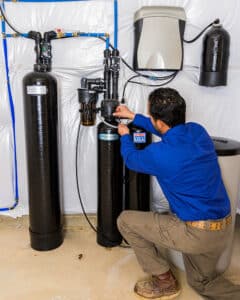
Proper installation and maintenance of your water softener are crucial for its longevity and effectiveness. By following the manufacturer’s instructions and ensuring your system is properly maintained, you can enjoy the benefits of soft water for years to come.
In this section, we present some tips for the correct installation and maintenance of your water softener to ensure it performs optimally and extends its lifespan.
Proper Installation Practices
When installing a water softener, it is important to ensure it is situated near the main water line, an electrical outlet (not needed with a Kinetico), and a drain for the brine solution from the regeneration cycle. Additionally, the water softener should be installed before the water heater to prevent any potential damage caused by hard water.
By having a professional install your water softening system you can insure proper installation practices, the water softener functions effectively,,and provides you with consistent soft water throughout your home.
Routine Maintenance and Care
Regular maintenance is essential to keep your water softener working efficiently and maximize its lifespan. Some key maintenance tasks include checking salt levels every 2-3 months, inspecting the brine tank for any signs of damage, and using the correct type of salt for your water softener.
Additionally, cleaning the resin bed may be something that is needed for a single tank electric water softener. With a Kinetico water softener the tanks are cleaned with clean water so cleaning the resin bed is not needed. To clean the resin bed, you can follow the steps provided in the manufacturer’s instructions or consult a professional water treatment specialist for assistance.
Health and Environmental Considerations
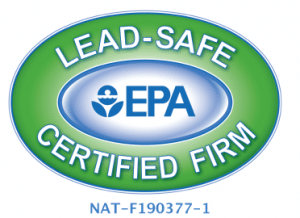
While deciding on the ideal water softening system for your home, it’s crucial to consider the potential health and environmental concerns related to water softening. Soft water contains a minimal amount of sodium, which is generally safe to consume, but those on low-sodium diets will want to add a reverse osmosis system to remove the sodium in the water.
Besides health considerations, it’s equally important to consider the environmental impact of water softening systems. Let’s discuss some eco-friendly alternatives to conventional water softening that can help reduce the environmental impact while still providing some benefits.
Sodium Intake and Soft Water
Soft water does contain a small amount of sodium, which is typically safe to consume for most individuals. On average, softened water contains 12.5 milligrams of sodium per 8-ounce glass. However, for those on low-sodium diets, the sodium content in softened water might be a concern.
In such cases, alternative water treatment methods like reverse osmosis or using potassium chloride instead of sodium chloride in the water softening process can help reduce sodium intake from drinking water. These alternatives can provide peace of mind for those who need to limit their sodium consumption for health reasons.
Eco-Friendly Alternatives
For those concerned about the environmental impact of water softening, eco-friendly alternatives like salt-free systems or non-chemical devices can help reduce the environmental footprint while still providing some benefits. Salt-free systems use descaling or conditioning methods to prevent mineral buildup without actually removing hardness ions from the water, but they DO NOT remove hardness ions from the water.
Non-chemical devices, on the other hand, use electrical or magnetic fields to alter the interaction of minerals with water, thus preventing minerals from adhering to surfaces. Being in the industry for so long these devices do not work and would not recommend wasting your money on them.
Summary
In conclusion, understanding the secrets of water softening can significantly improve the quality of your water and protect your home’s plumbing and appliances. By exploring the science behind soft water, learning about the mechanics of water softeners, and considering health and environmental factors, you can make an informed decision and choose the best water softening system for your home. With the right system in place, you’ll enjoy the many benefits of soft water and ensure a more comfortable and efficient home for years to come.
Frequently Asked Questions
Which method is used for softening of water?
Water softening is typically achieved through ion-exchange resins or lime softening, but nanofiltration and reverse osmosis membranes are increasingly being used as well.
What is the fastest way to soften water?
Boiling water is an effective way to soften hard water, as it drains the calcium and magnesium minerals to the bottom. Adding baking soda or apple cider vinegar also helps, as does installing a water softener system.
Is softened water safe to drink?
Generally, softened water is safe to drink as long as the hardness of the original water was below 400 ppm calcium. However, the amount of sodium will vary depending on the water’s original hardness.
What softens in water?
Water is softened by a process called ion exchange, which collects calcium and magnesium ions from the water using tiny resin beads.
How can I soften my water at home?
Install a water softener system, or add baking soda to your water.





